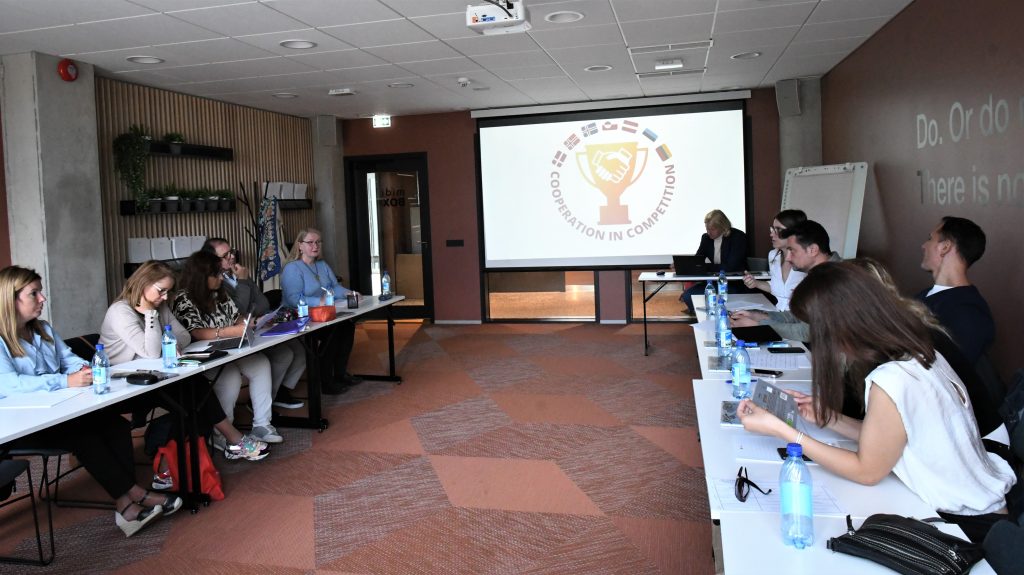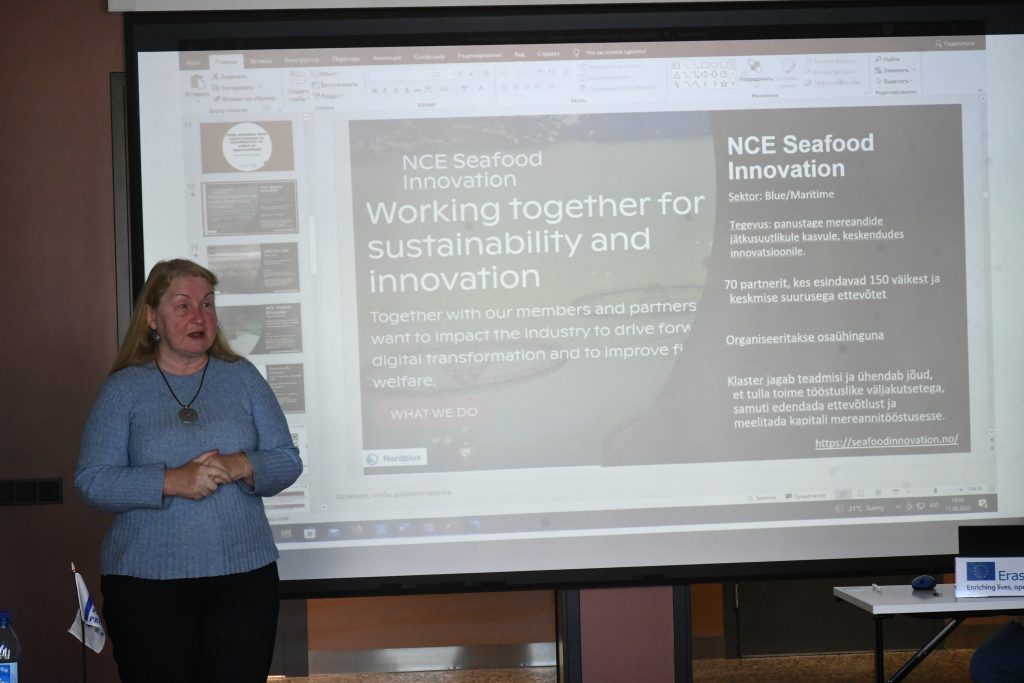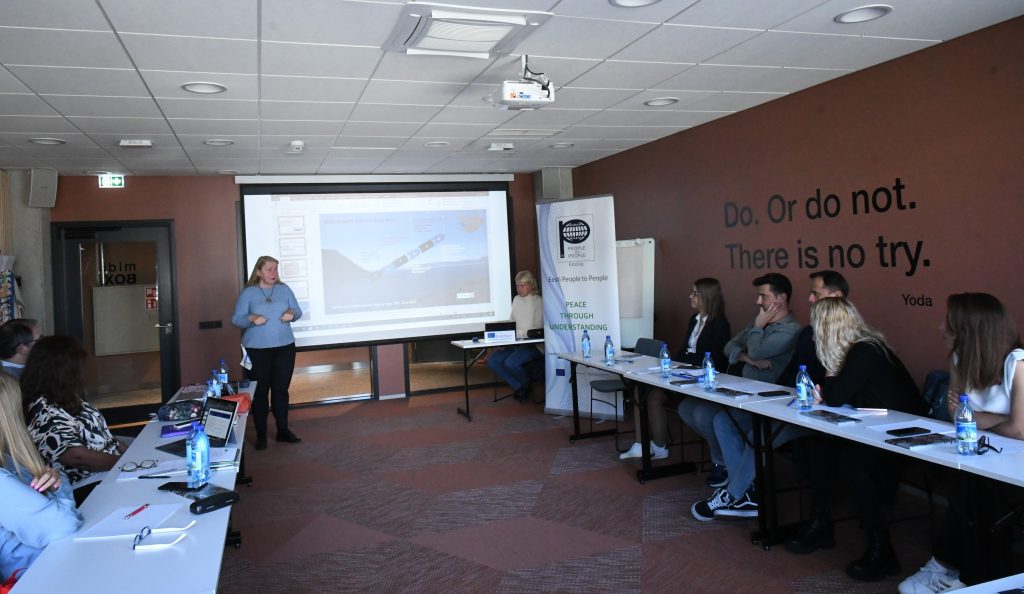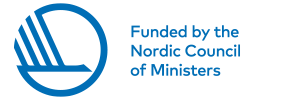Nestled in the quaint village of Käru, Estonia, lies a treasure trove of history that transcends time. The Käru Museum, known for its extraordinary collection of over 200 historic strollers, isn’t just a repository of artifacts; it’s a testament to the dedication and passion of its founders, Alena Surzikova and Sergei Trofimov. This is a story of how their vision, fueled by love for history, family, and community, has now blossomed into a beacon of collaboration and cultural preservation.
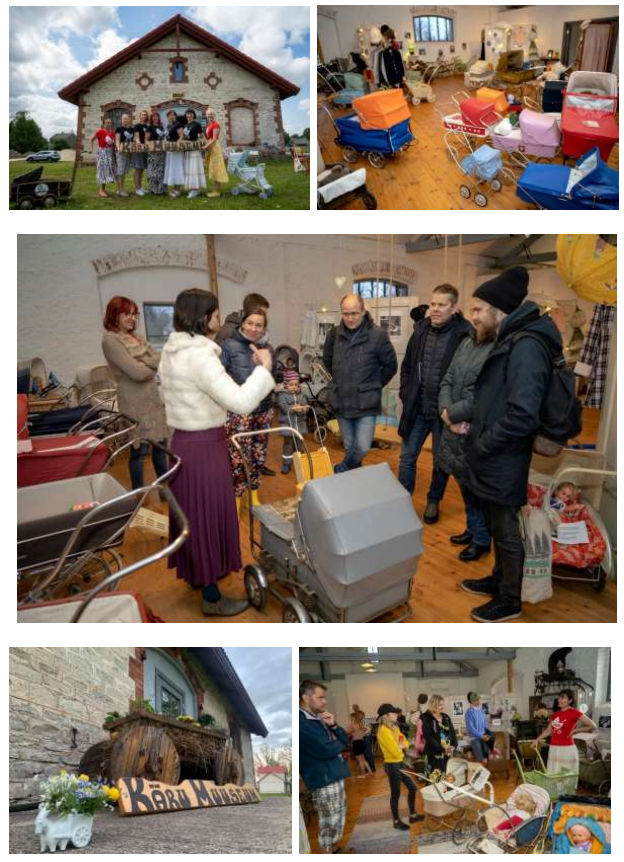
A Journey of Dedication
In 2012, Alena and Sergei embarked on a remarkable journey. Driven by a desire to safeguard history and create a space that resonates with memories, they started building the Käru Museum. The term “käru” holds significance as it translates to “stroller” in Estonian, capturing the essence of their captivating collection.
Their dedication was contagious, extending to Alena’s parents, particularly her mother, Lyudmila, a skilled designer who meticulously tailors outfits and strollers based on historical research. As they meticulously restored the past, the museum became a collaborative effort involving eight active volunteers who assumed roles as guides, restorers, and archivists.
Beyond Artifacts: A Hub of Experiences
In 2018, the museum officially opened its doors to the public, transforming into a hub of experiences. Beyond the historic strollers, it offers an array of activities – from enchanting excursions and delightful tea parties to seminars, meetings, concerts, and intimate gatherings. The museum even hosts lectures by successful women, fostering a sense of community and empowerment.
A Window into History
The Käru Museum is more than just a repository of objects; it’s a time capsule that imparts knowledge. For school groups, it narrates tales of Europe’s historical events, the Industrial Revolution, the Victorian age, and the production of strollers during Estonia’s early years. The museum paints a vivid picture of children’s lives in the past, shedding light on toys, clothes, and even baby bottles of yore.
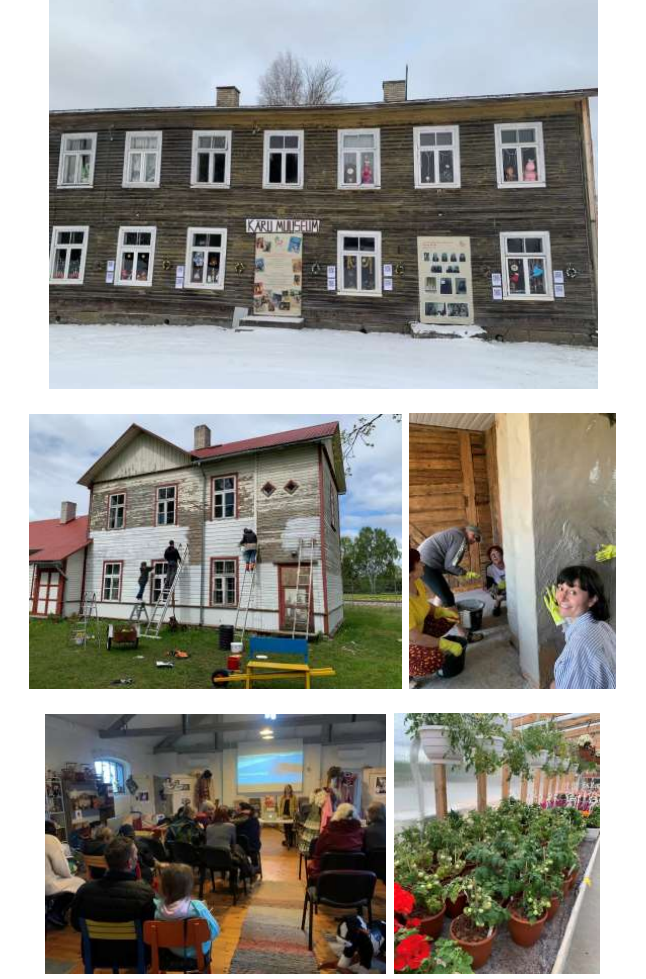
Piloting Sessions and Collaborative Visions
Beyond its physical offerings, the Käru Museum has its sights set on something greater: a thriving cluster of organizations committed to its cause. Through piloting sessions, a diverse group including Eesti People to People, accounting firms, NGOs, and other businesses gathered to explore the potential of sustainable collaboration. They envisioned a future where the museum’s impact is amplified through collective efforts.
Building Bridges for the Future
These discussions bore fruit, giving rise to a working group dedicated to amplifying the museum’s reach and impact. The group focuses on project promotion, enhancing the museum’s online presence, creating captivating videos and publications, securing funding, and designing new and exciting activities.
Through emails and social media, these collaborators continue to nurture their shared vision, leveraging the power of unified action to ensure the Käru Museum remains a beacon of history, culture, and community engagement.
In Conclusion
The story of Käru Museum is more than just a tale of artifacts and exhibits; it’s a narrative of unity, dedication, and the relentless pursuit of preserving heritage. As Käru Museum evolves into a vibrant collaborative cluster, its journey exemplifies how passion, history, and community can combine to create something truly extraordinary.
